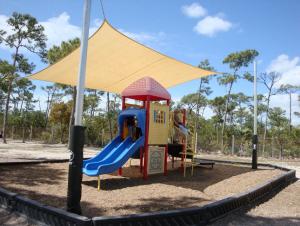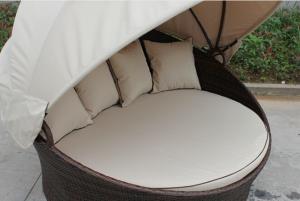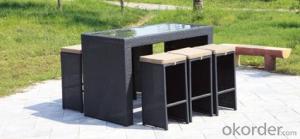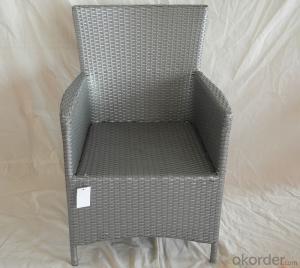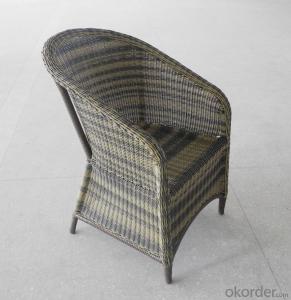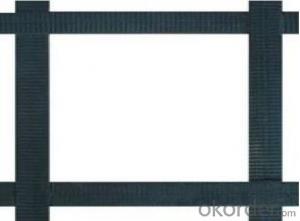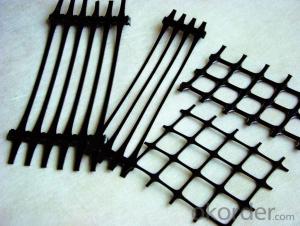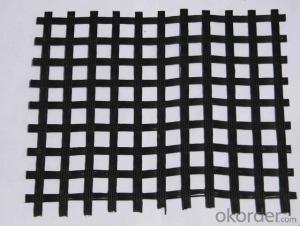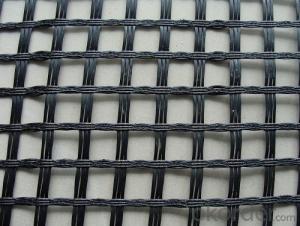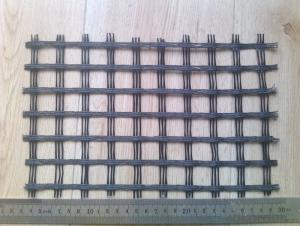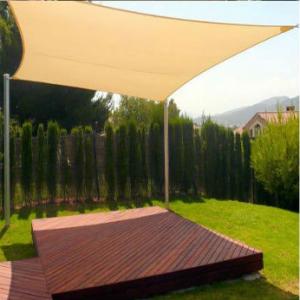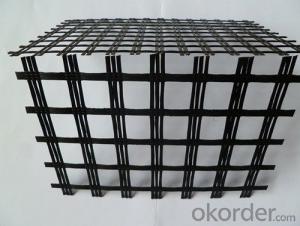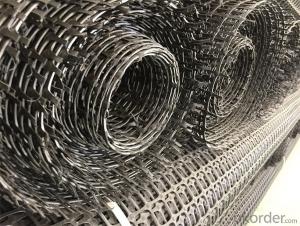Geogrid Patio
Geogrid Patio Related Searches
Shade For Solar Inverter Holiday Lights For House Deer Sculptures For Garden Kst Values For Common Dusts Garden Summerhouse With Storage Galvanized Steel Garden Beds Steel Window Awnings Black Plastic Garden Netting Plastic Garden Netting Fencing Garden Plastic NettingHot Searches
Fiberglass Scaffolding For Sale Fiberglass Panels For Sale Fiberglass Greenhouses For Sale Geogrid Fabric For Sale Gas Powered Core Aerator For Sale Revolution 4 Propeller For Sale Alabaster Carving Stone For Sale Geogrid For Sale Near Me Tensar Geogrid For Sale Geogrid For Sale Ex Display Log Cabins For Sale Photoelectric Cells For Sale Athletic Lockers For Sale Cubicle Partitions For Sale Stearman Propeller For Sale Palram Greenhouses For Sale Gumbo Bowls For Sale Suzuki Propellers For Sale Freight Crates For Sale Outhouse Sheds For SaleGeogrid Patio Supplier & Manufacturer from China
Okorder.com is a professional Geogrid Patio supplier & manufacturer, offers integrated one-stop services including real-time quoting and online cargo tracking. We are funded by CNBM Group, a Fortune 500 enterprise and the largest Geogrid Patio firm in China.Hot Products
FAQ
- The factors that affect the long-term creep behavior of geogrids include the type and quality of material used in the geogrid, the load applied on the geogrid, the duration and frequency of the load, the temperature and environmental conditions, and the installation and construction techniques employed.
- Asked the retaining wall engineering grille mistook polypropylene as high density polyethylene, how to do? Is there any remedy?
- What is wrong with the polypropylene in the geogrid in the retaining wall of the road? Performance will not be affected? Is there any remedy?
- Geogrids help with slope stabilization by providing reinforcement and increasing the stability of soil or rock slopes. They are placed within the slope to distribute the forces acting on it and prevent slope failure. The geogrids act as a barrier, reducing erosion and soil movement, while also enhancing the overall strength and load-bearing capacity of the slope.
- Geogrids improve the performance of mechanically stabilized slopes in expansive soils by providing reinforcement and stability to the soil mass. They prevent excessive movement and deformation of the soil, reducing the risk of slope failure and erosion. The geogrids distribute the load applied on the slope more evenly, enhancing its overall strength and preventing the development of cracks and settlements. Additionally, geogrids can control the lateral spreading of expansive soils, minimizing the potential for slope instability.
- Yes, geogrids can be used in retaining wall drainage systems. Geogrids are commonly used to provide additional stability and reinforcement to retaining walls. They help to distribute the load and prevent soil erosion behind the wall. Additionally, geogrids can enhance the drainage system by allowing water to flow through them, preventing the buildup of hydrostatic pressure behind the wall. This helps to maintain the structural integrity of the retaining wall and prevent any potential damage.
- Geogrids help in reducing the risk of landslides by providing stability and reinforcement to the soil. They are typically made of high-strength polymers and are installed horizontally or vertically within the soil mass. By interlocking with the soil particles, geogrids improve the overall strength of the soil and enhance its resistance to shear forces. This reinforcement helps to prevent soil movement and sliding, thereby reducing the likelihood of landslides.
- Geogrids prevent lateral spreading of soil by providing reinforcement and stabilization to the soil layers. They are made of high-strength materials and are placed within the soil, creating a network of interconnected elements. This network enhances the soil's shear strength and restricts its movement, preventing lateral spreading. Additionally, geogrids distribute the applied loads more evenly, reducing the stress on the soil and minimizing the potential for soil movement.
- How to determine the number of geogrid detection method
- What are the geogrid testing items1) place: in the surface layer of 50cm thick sand gravel or sand (egg) gravel cushion, and compaction, which is not only conducive to improve the friction between the soil and the grid, but also conducive to the consolidation of the foundation drainage.


